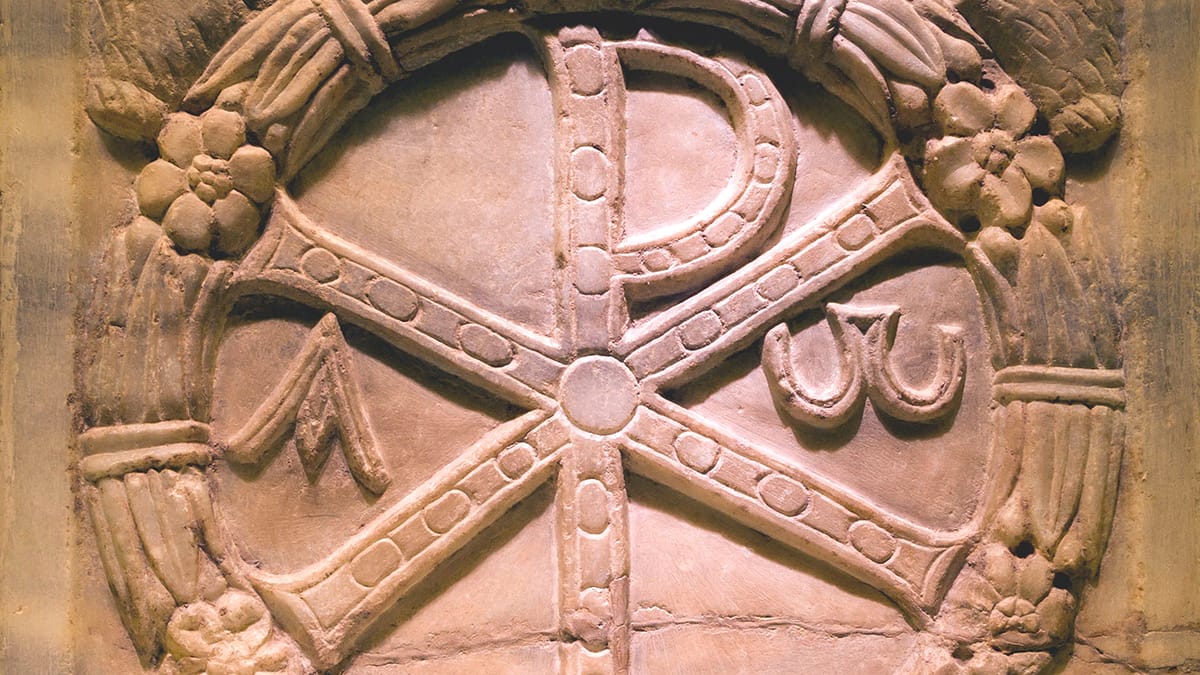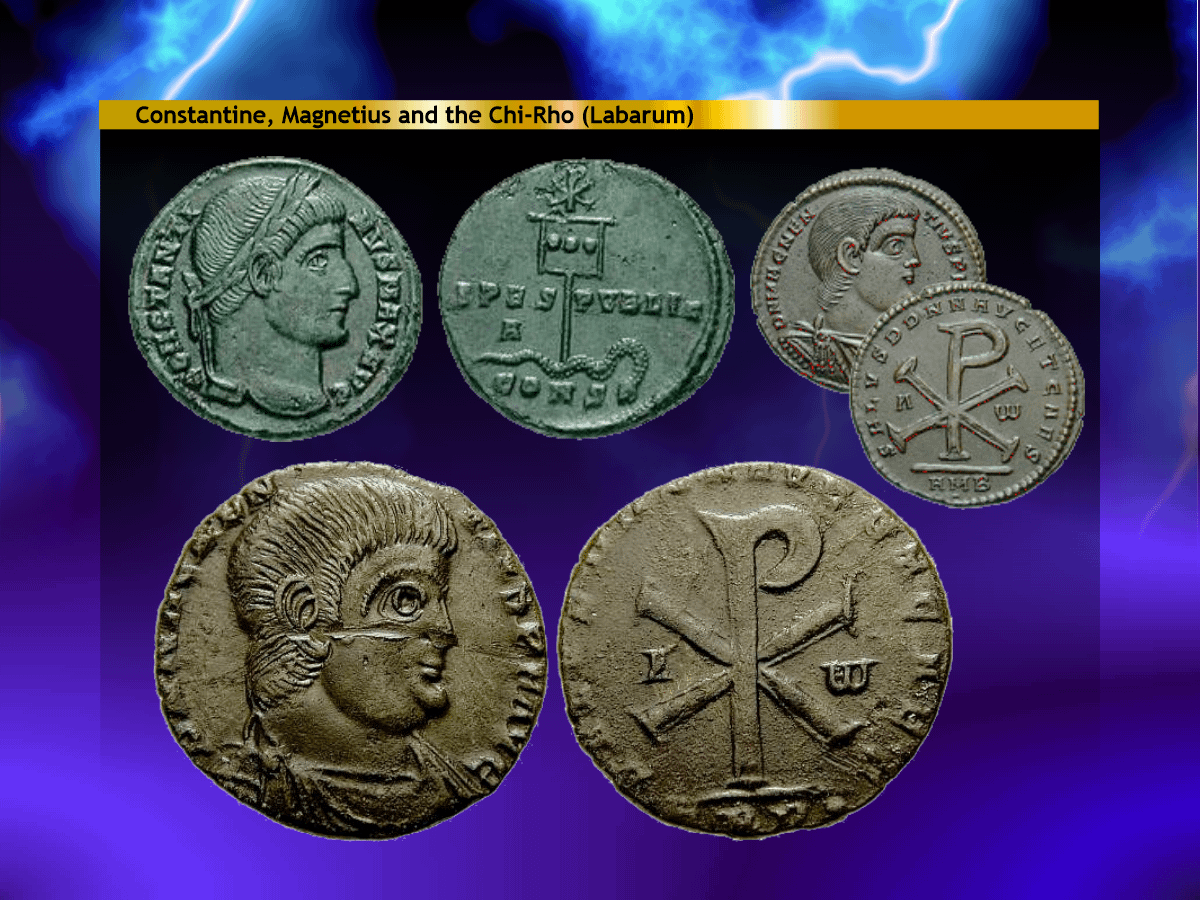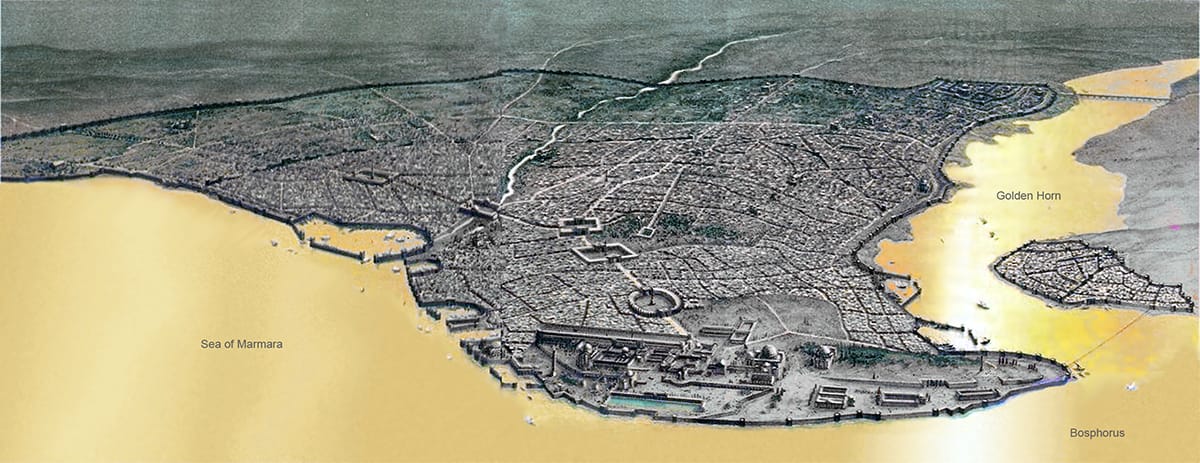Prophecy
Revelation
The Last Seals
Introduction – Christianity and Rome
And when he had opened the fifth seal, I saw under the altar the souls of them that were slain for the word of God, and for the testimony which they held:
In each of the series of seven Seals, Trumpets, and Vials, the first four visions form a subset of their own. The first four Seals are connected by the obvious symbols of the horse and rider. The first four Trumpets and Vials are connected within themselves, and with each other, by their four successive areas of effect: the earth or land, the sea, the rivers, and the heavenly bodies.
These sets of earlier visions also tend to be brief, which corresponds well with their comparatively rapid fulfillment. In each series, these first sets of four also tend to describe more secular and political events. The fifth and sixth in each series, however, introduce eras and events with a marked religious aspect. The sixth vision in each set also tends to contain more than one subject, and can be said to have two parts to it.
The first four Seals, the four horsemen of the Apocalypse, describe the glory and then the decline of imperial Rome. But on the entrance to the fifth and sixth Seals, we see a marked change in the symbols, which corresponds with another great historical influence in the overturning of pagan Rome – that of Christianity.
In the last stages of the united Roman Empire, paganism and Christianity clashed. Under Diocletian, the last and greatest persecution of Christianity sought to exterminate the church. But pagan Rome was itself overturned and its religion seemingly swallowed up in the name of Christianity, under Constantine the Great.
These events, while history-making themselves, gave birth to a greater, a darker, and a more terrible phase of Rome. The mingling of Roman politics and idolatry corrupted nominal Christianity, and the true church faded into the background against the rising of the prophesied Beast of Daniel and Revelation – the pseudo-Christian dominance of the ten kingdoms of Catholic Europe, by the papacy of Rome.

Symbols of Christ
The coins of Constantine and Magnetius show the Chi Rho, standing for the first two letters of Christ in the Greek (looking like our X and P). In the left and right sides of the Chi (X) can be seen the Greek letters Alpha and Omega – a reference to the title Christ gave himself in the book of Revelation. On the coin of Constantine (top middle) his military standard, the labarum, has the Chi Rho on top of it, and has speared the "great serpent" or dragon below. The latter symbolised his victory over his pagan Roman adversaries. The “draco” or serpent, like the eagle, was a common military standard of the Roman legions.
The Emperors move to the East
Constantine established a new capital city for the Roman Empire in the east, which became known as Constantinople (now Istanbul). The removal of the emperors to the east, and the nominal Christianisation of the empire, ultimately made the way for the rise of the papal power in the city of Rome. The imperial power of the Roman Empire was the “let” or hindrance, spoken of by the apostle Paul in 2 Thessalonians 2, that needed to be “taken out of the way” before the “man of sin” could be revealed.The Last Three Seals
Revelation 5–7
The Seven Seals1 And I saw in the right hand of him that sat on the throne a book written within and on the backside, sealed with seven seals.
2 And I saw a strong angel proclaiming with a loud voice, Who is worthy to open the book, and to loose the seals thereof?
3 And no man in heaven, nor in earth, neither under the earth, was able to open the book, neither to look thereon.
4 And I wept much, because no man was found worthy to open and to read the book, neither to look thereon.
5 And one of the elders saith unto me, Weep not: behold, the Lion of the tribe of Juda, the Root of David, hath prevailed to open the book, and to loose the seven seals thereof.
6 And I beheld, and, lo, in the midst of the throne and of the four beasts, and in the midst of the elders, stood a Lamb as it had been slain, having seven horns and seven eyes, which are the seven Spirits of God sent forth into all the earth.
7 And he came and took the book out of the right hand of him that sat upon the throne.
8 And when he had taken the book, the four beasts and four and twenty elders fell down before the Lamb, having every one of them harps, and golden vials full of odours, which are the prayers of saints.
9 And they sung a new song, saying, Thou art worthy to take the book, and to open the seals thereof: for thou wast slain, and hast redeemed us to God by thy blood out of every kindred, and tongue, and people, and nation;
10 And hast made us unto our God kings and priests: and we shall reign on the earth.
11 And I beheld, and I heard the voice of many angels round about the throne and the beasts and the elders: and the number of them was ten thousand times ten thousand, and thousands of thousands;
12 Saying with a loud voice, Worthy is the Lamb that was slain to receive power, and riches, and wisdom, and strength, and honour, and glory, and blessing.
13 And every creature which is in heaven, and on the earth, and under the earth, and such as are in the sea, and all that are in them, heard I saying, Blessing, and honour, and glory, and power, be unto him that sitteth upon the throne, and unto the Lamb for ever and ever.
14 And the four beasts said, Amen. And the four and twenty elders fell down and worshipped him that liveth for ever and ever.





